Technological Innovations in Non-Magnetic Wheelchair Market
The Non-Magnetic Wheelchair Market is experiencing a surge in technological innovations that enhance user experience and safety. Advancements in materials, such as lightweight composites and advanced polymers, are being integrated into wheelchair designs, making them more durable and easier to maneuver. Additionally, the incorporation of smart technologies, including sensors and connectivity features, is becoming increasingly prevalent. These innovations not only improve the functionality of wheelchairs but also cater to the specific needs of users, such as those requiring MRI compatibility. The market is projected to grow at a compound annual growth rate (CAGR) of approximately 6% over the next five years, driven by these technological advancements.
Increased Focus on Patient Safety in Non-Magnetic Wheelchair Market
Patient safety remains a critical concern within the Non-Magnetic Wheelchair Market. As healthcare providers prioritize the well-being of patients, the demand for non-magnetic wheelchairs that minimize risks associated with metal components is on the rise. These wheelchairs are particularly essential in environments where patients may require frequent imaging or surgical procedures. The emphasis on safety is driving manufacturers to innovate and produce wheelchairs that are not only non-magnetic but also equipped with advanced safety features, such as anti-tip designs and enhanced braking systems. This focus on safety is likely to propel market growth, as healthcare facilities seek to comply with stringent safety regulations.
Customization and Personalization Trends in Non-Magnetic Wheelchair Market
Customization is becoming a prominent trend in the Non-Magnetic Wheelchair Market, as users increasingly seek wheelchairs tailored to their specific needs and preferences. Manufacturers are responding by offering a range of customizable options, including adjustable seating, personalized colors, and specialized accessories. This trend is particularly appealing to individuals with unique mobility challenges, as it allows for a more personalized experience. The market is witnessing a shift towards modular designs that enable users to modify their wheelchairs according to changing requirements. This growing emphasis on personalization is expected to contribute to market expansion, as consumers are willing to invest in products that enhance their quality of life.
Rising Demand for MRI-Compatible Solutions in Non-Magnetic Wheelchair Market
The demand for MRI-compatible wheelchairs is a significant driver in the Non-Magnetic Wheelchair Market. As healthcare facilities increasingly adopt advanced imaging technologies, the need for wheelchairs that do not interfere with magnetic resonance imaging has become paramount. This trend is particularly relevant in hospitals and rehabilitation centers, where patient mobility must be maintained without compromising diagnostic procedures. The market for MRI-compatible wheelchairs is expected to expand, with estimates suggesting a growth rate of around 7% annually. This rising demand reflects a broader awareness of the importance of specialized medical equipment that meets the unique needs of patients.
Aging Population and Increased Mobility Needs in Non-Magnetic Wheelchair Market
The aging population is a significant driver of growth in the Non-Magnetic Wheelchair Market. As the global demographic shifts towards an older population, the demand for mobility solutions that cater to the elderly is increasing. Many older adults require wheelchairs that are not only functional but also compatible with medical imaging technologies. This demographic shift is prompting manufacturers to develop non-magnetic wheelchairs that address the specific mobility needs of seniors. The market is projected to grow in response to this trend, with estimates indicating a potential increase in demand by 5% annually as more individuals seek mobility solutions that enhance their independence and quality of life.


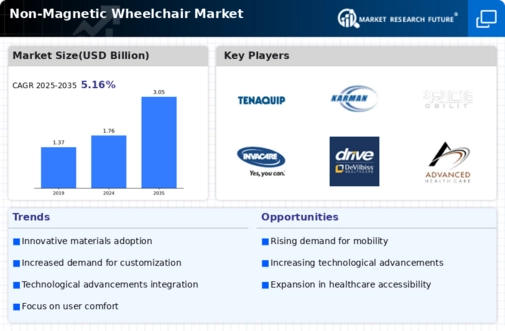
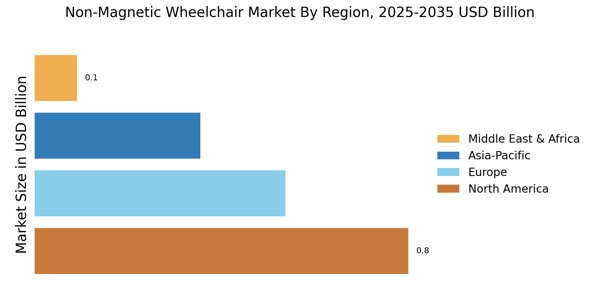


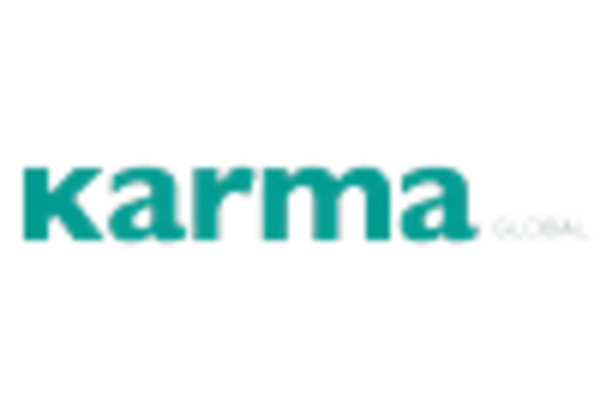
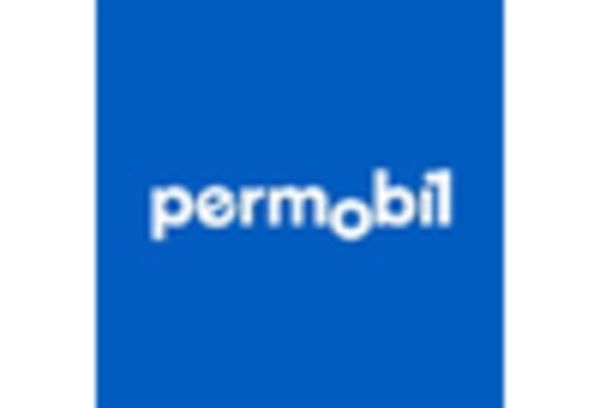
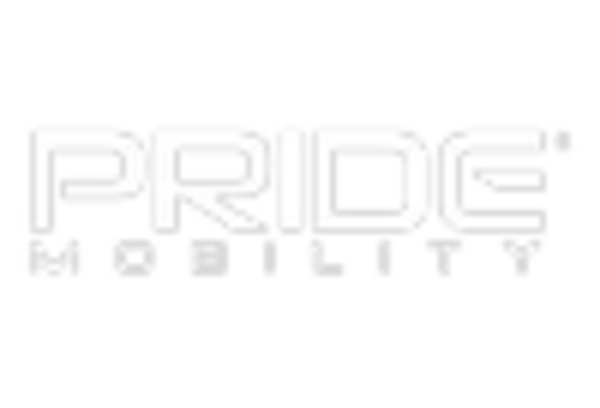









Leave a Comment